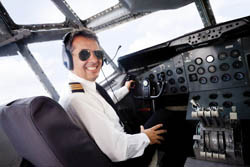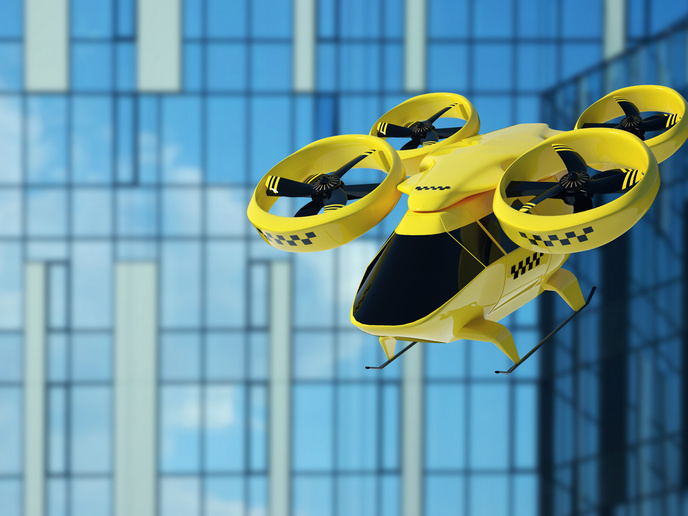Brain-driven aircraft ─ True or false?
Under the aegis of the 'Brain controlled aircraft flight using multiple feedback mechanisms' (BRAINFLIGHT) project, researchers worked on developing suitable BMIs for aeronautical application. The neurons in the brain produce electrical signals that can be converted into commands to control or guide aircraft through active, passive or reactive response. Researchers successfully defined the requirements, functionalities and interfaces between various subsystems in the system architecture along with appropriate validation scenarios. The five aviation scenarios considered include general, acrobatic and commercial flights as well as unmanned aerial vehicles (UAVs). To ensure safety, preliminary designs for two controllers were completed to enable control through the brain as well as manually. Scientists adapted the Ground Control System (GCS) obtained from one of the consortium members along with the flight simulator to ensure compatibility with the electroencephalographic system. The electroencephalographic system is used for recording brain signals. Researchers designed and optimised a tactile suit with a control module and 16 tactors after testing in a flight simulator and successfully improved tactile feedback. The performance of BRAINFLIGHT system components ─ the BMI, GCS and simulator ─ were successfully validated in a simulator environment. The pilot was trained to use this system and a learning test was conducted. Following this, the BRAINFLIGHT system was field-tested in a UAV with good results. Project outcomes were widely disseminated via scientific papers and widespread media coverage. BRAINFLIGHT technology is a breakthrough in aviation that will permit people with certain physical disabilities to fly an aircraft after undergoing requisite but less rigorous training. Using neural signals to control an aircraft by developing 'subconscious' capability would also free the pilot to focus on other important functions and at the same time reduce workload. This would indeed be a boon for pilots in the current scenario of increasing air traffic and aircraft complexity.
Keywords
Brain, aircraft, brain-machine interface, aviation, unmanned aerial vehicles







